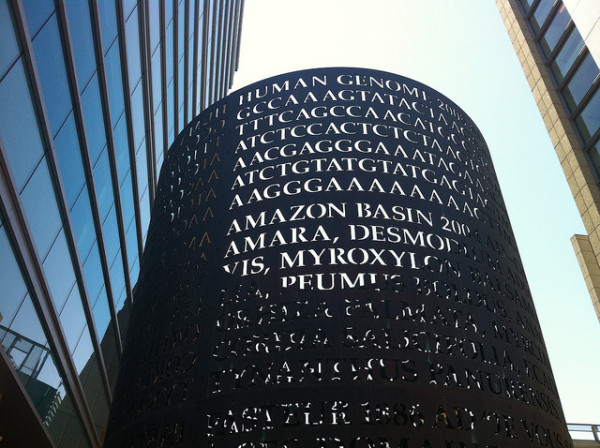With the recent advancement of CRISPR-CAS9 technology made by UC Berkeley’s Jennifer Doudna, a professor of chemistry and molecular and cellular biology, scientists are now able to genetically engineer a large range of organisms with higher efficiency and relative ease. Prior to its advent, scientists were able to cut DNA at certain points, but inserting sequences of DNA was not as easy. Both processes involved complexities and were not efficient. However, the CRISPR-CAS9 system, developed in 2012, allows scientists to cut the DNA of our cells at specific points and replace the cut sequence with a target sequence. This effectively allows for a variety of applications, including the replacement of mutated DNA, the introduction of mutated genes to study certain diseases, and the ability to model the genome of many diseases.
CRISPR-CAS9 is a complicated system, but in essence, scientists can custom build a guide RNA that attaches to this CAS9 protein. Once this CAS9 protein and guide RNA is introduced into the cell, the guide RNA will attach to the corresponding sequence of DNA. The CAS9 protein then cuts both strands of DNA. Once the DNA is exposed, a piece of donor DNA that is transfected into the cell attaches to the DNA, therefore replacing the existing DNA with a new piece of DNA.
Image Source: Hao Jiang
In theory, CRISPR could be used to delete and repair genes associated with cancer, but this is an ideal cancer therapy that is far from reality. Current applications of CRISPR technology regarding cancer involve the modeling of the genomes of different cancers. This essentially means that scientists are using CRISPR to determine which genes are active in the development and spread of cancer (called driver genes). Not all genetic alterations that accompany cancer are responsible for the manifestation/progression of tumors; these “irrelevant” genes are called passenger genes. Distinguishing between driver mutations and passenger genes is crucial for cancer therapy because it allows scientists to focus their efforts on the active genes responsible for the development of tumors. In the near future, CRISPR technology will be used to generate precise cancer mouse models to help researchers better understand the progression of individual tumors and to identify treatment strategies. Precision cancer mouse models will pave the road for precision cancer medicine.
While CRISPR-CAS9 technology is still relatively young, perhaps in the future, this technology will create a healthier world, void of deadly genetic diseases such as cancer.
Feature Image Source: genome by Jeremy keith










